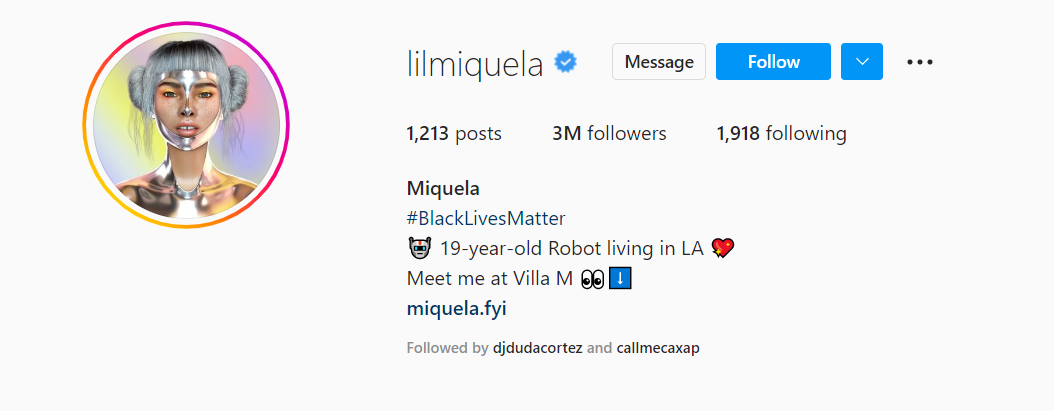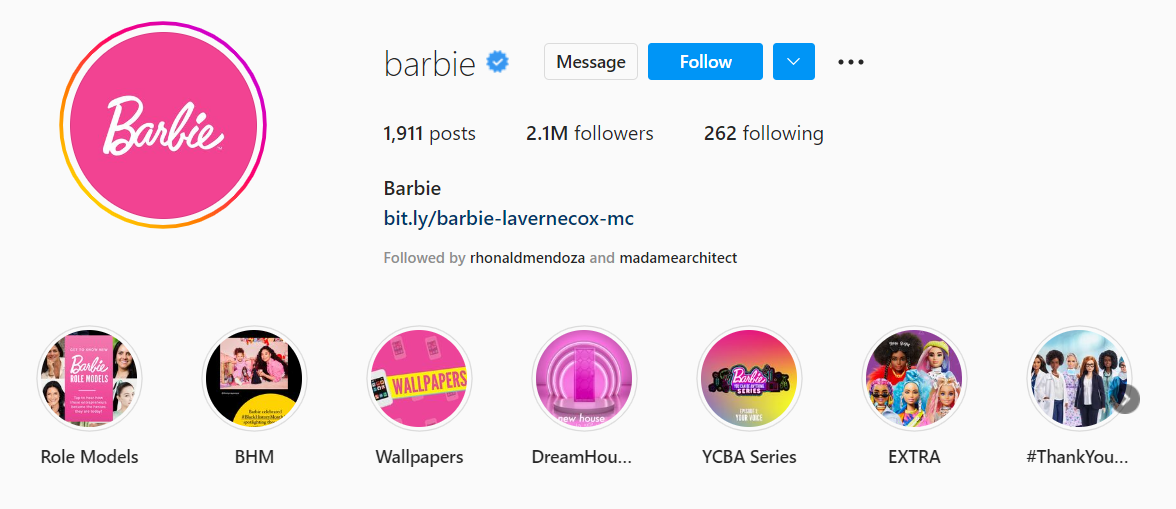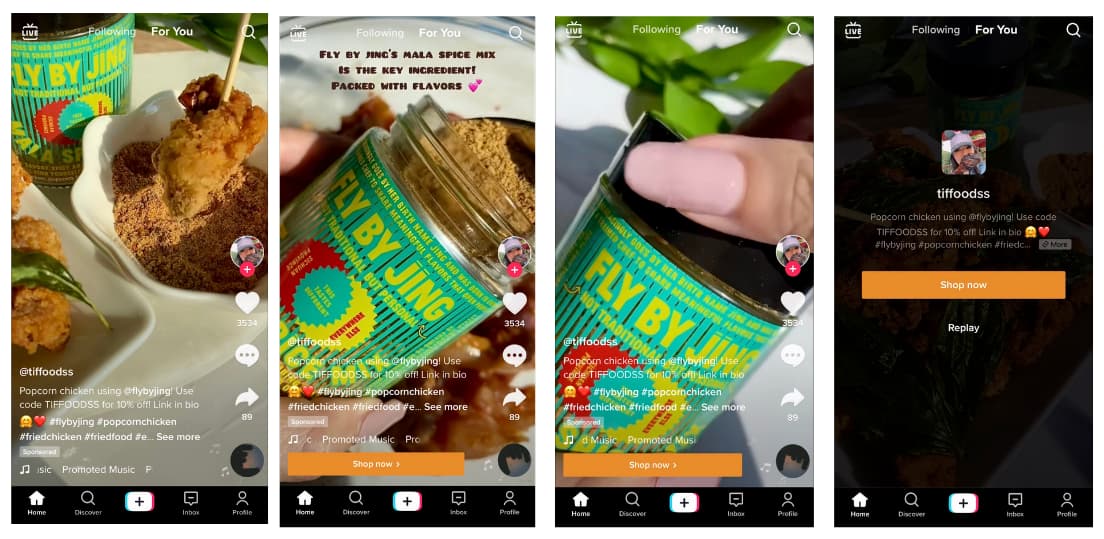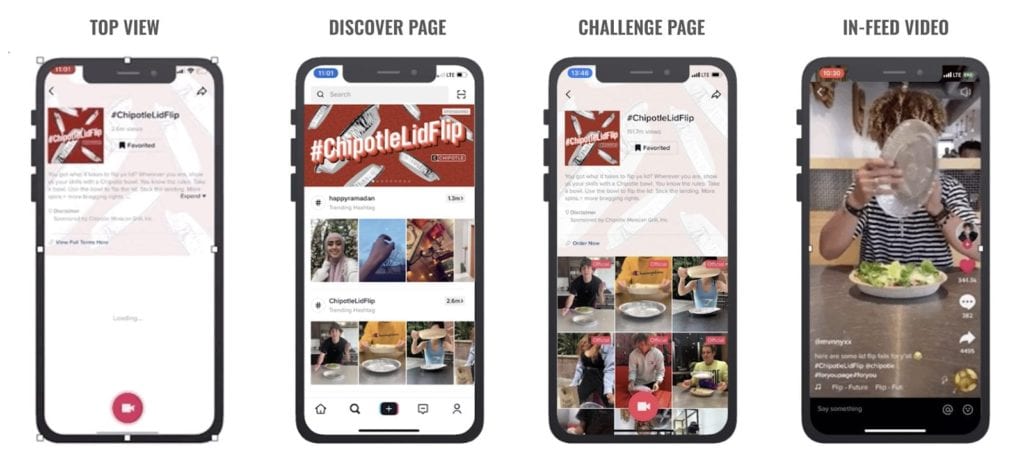2022 is already proving to be a slightly strange year, full of unique events in the world, giant shifts in the ways people live their lives and even novel weather with some of the hottest temperatures ever recorded in the UK.
The world of marketing is also seeing big shifts as user behaviour changes and new technology becomes more available to companies. We thought it would be a good idea to take a look at some of the biggest shifts to be aware of right now and some insight into how this may affect you.
Topics covered in this post:
- Third party cookies and opting out
- Workplace flexibility
- Employee brand advocacy
- B2B and the AI sales path
- Rise of virtual influencers?
- Short form content and social stores
Privacy: Digital Cookies and Opting Out
This year Google announced plans to block third-party cookies on the Chrome browser in 2023, following the rise of more security-focused browsers such as Brave. With over 70% of the internet using Chrome on desktop, this will be a big deal for advertising.
To be clear, Google will still collect some data about the categories you visit to be able to deliver relevant ads, but it will only hold this data for a short period of time. It will limit the potential for advertisers to aggressively target consumers with buying signals.
This change largely impacts desktop users, with mobile devices more centered around apps.
Gartner have discovered some interesting facts about sharing personal information on mobile apps too though, showing that users are far more likely to accept tracking from companies they know and like.
So how does this impact marketing? Well it may mean that companies need to consider a world beyond cookies, looking at how they may be able to track behaviour on their website to enhance user experience and spot issues. Companies need to also consider how their brand conveys trust and make decisions about privacy across their platforms.
Workplace flexibility
It’s no secret that since the pandemic, for many people the regular commute is no longer the only way to work. Employers are now more willing to be flexible in regards to their employees working from home and this has a direct impact on their lifestyle.
- Remote and hybrid workers spend 20% more time during the day watching video content.
- Morning and evening ‘prime-time’ programming television viewing figures have dropped significantly.
- More audio content is being consumed by users (podcasts / music etc).
- People are available to accept home deliveries and less able to collect in-store.
These changes are likely to be powerful for disruptors who leverage advertising on audio content. It will also offer more accessibility to smaller advertisers to target prime-time spots and reward those who pay attention to the times their audience is most receptive.
Employee brand advocacy
Sometimes, companies embellish how good their product or service is. Shocking, we know!
This has led to subtle but important consumer distrust in marketing more generally. More recently, this has always been well understood and is the reason for things like customer testimonials, influencer marketing and affiliate marketing. These are voices which are not coming directly from the marketing, but instead through an external source and therefore carry more weight.
A recent Linkedin survey showed that employees may be another solid route to marketing through their social media channels such as Linkedin, Facebook and Instagram. Their data showed that users were 200% more likely to click a link posted by an employee as opposed to a brand.
Of course this isn’t something a company can (or should) necessarily have control over, and instead should focus on ensuring they make it easy and rewarding for employees to share content about their employer. Employee awards, social events and team activities are great opportunities for employees to share content with their communities and get strong engagement.
Platforms where they can share benefits, such as discounts, are also particularly powerful tools which have been used to great effect by companies such as Ford (who have the Ambassador program).
B2B and the AI sales path
In the world of B2B, time is everything. Being able to differentiate between a time waster and a hot lead who is ready to purchase is the gold standard. More and more companies are turning towards AI to help this process become smoother, recognise buying signals and connect potential customers with sales reps during digital commerce interactions.
Introducing a human element to a pre-defined point during a website interaction can be a giant factor in showing respect to the user and has been shown to actively reduce buyer’s remorse following a purchase decision. In other words, sales reps can better facilitate the customer’s sale and offer increased value to the purchase.
This approach also offers a route to combating the drop-off effect, helping companies identify users that need additional support or guidance to make their purchasing decision.
Rise of Virtual Influencers?
It seems like only yesterday that influencers didn’t exist, and yet already the world is moving onto virtual influencers – graphical representations and computer-animated characters which are advocates for brands created and run by PR companies. They often have their own personalities and quirks, some even have talents like singing or make-up tutorials and yet they are not prone to the scandals which have been seen by their all too human counterparts.
The future looks set to give rise to more virtual influencers, especially given the potential of metaverses and what marketing might look like in those environments.
Here are some of the world’s biggest virtual influencers right now:




Short form video content and social stores
Like it or loathe it, TikTok, Instagram and Twitter have changed the game. Today, short form content is king with younger audiences, generating higher CTRs than other video formats. Videos that feature single products, tailored to their user’s comments and engagement, are also having real traction in generating sales.


Younger audiences are also showing a preference to stay on a single platform to make purchases rather than visiting a different website. Due to this, many brands are moving towards stores built inside social media experiences. Facebook marketplace has in some sense proved the viability of a social platform in facilitating sales and have a new platform called Shops which looks set to rival eComm giants such as Amazon and eBay.
One in three Facebook users will make a purchase on Facebook in 2022 (that is 966 million people)
- Source: Statista, eMarketer
The global social commerce market was worth US$492 billion in 2021 and is predicted to grow to US$1.2 trillion by 2025.
- Source: Accenture
More than 50% of young people (15-24) in the US buy clothes they see on social media.
- Source: eMarketer

Understanding your place in the future
The world is a changeable place. We can help you adapt to shifting circumstances, find your audience, improve your website and protect your future. We are ready and waiting to take your call and help you plan your next steps.
Email us now at enquiries@wecreatedigital.co.uk to discuss your web project or fill out the form below. Alternatively, we always love to talk in person so feel free to call us on 01376 563402.
Sources: Gartner, Linkedin, Influencer Marketing Hub, Statista, eMarketer, Accenture